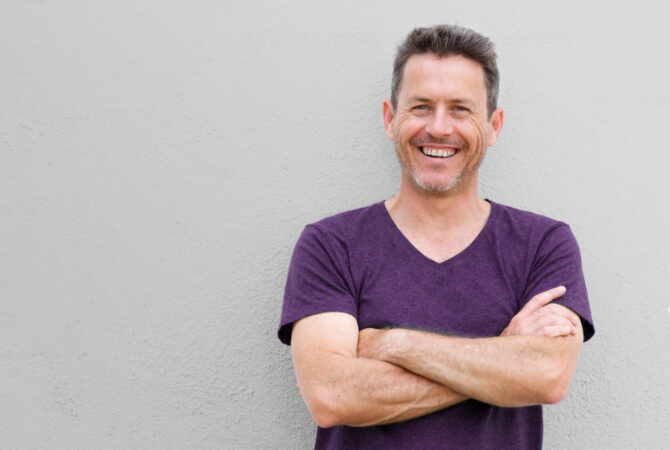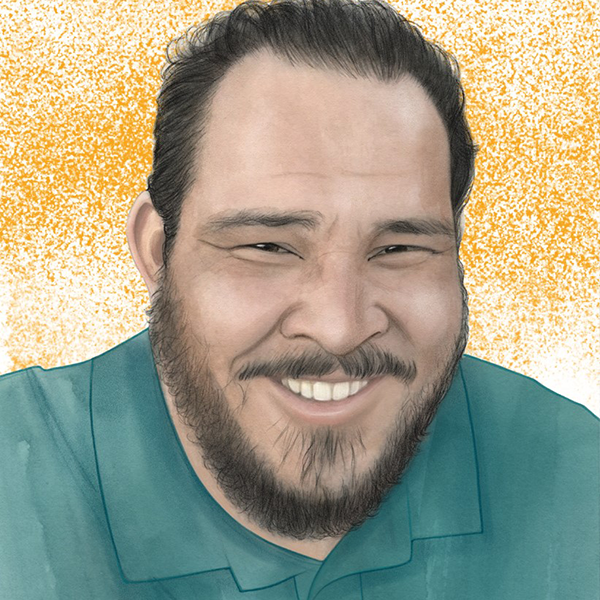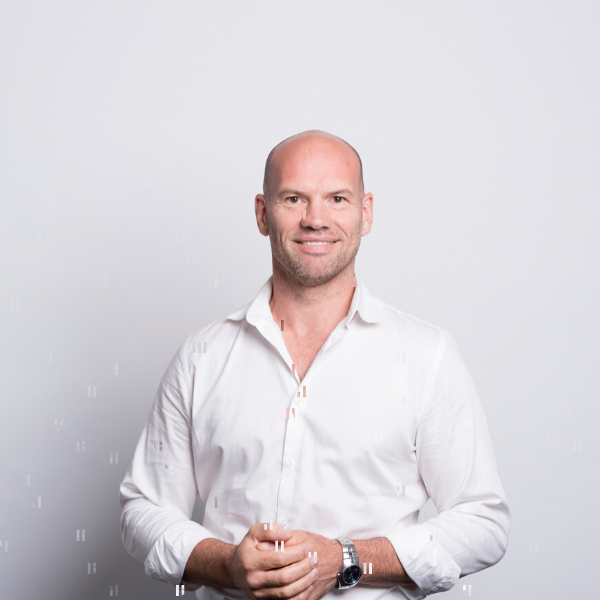
Question
How do I get rid of gynaecomastia (‘man boobs’)?
Answer
Growth of breast tissue in men, often socially referred to as ‘man boobs’, can be caused by a couple of things.
The first is gynaecomastia (say it: “guy-na-co-mas-tee-ah”), which is when male breast tissue grows larger than usual. The second is pseudogynaecomastia (say it: “soo-doe-guy-na-co-mas-tee-ah”), which is due to growth of fat.
Gynaecomastia is usually caused by a hormone imbalance (when there is too much or too little of a hormone). It’s common in newborn baby boys and during puberty, because of normal hormonal changes that occur at these times, and usually goes away on its own.
Men with Klinefelter syndrome, who have very low testosterone levels, may develop obvious gynaecomastia during puberty.
Up to 70% of men aged 50-85 years may have gynaecomastia, which can come about because of hormonal changes caused by chronic health conditions, such as obesity or type two diabetes, or as a side effect of medications. Successful treatment or management of these underlying health conditions, or stopping medications that might be causing gynaecomastia, may reduce the amount of breast tissue.
If gynaecomastia doesn’t go away on its own, male breast reduction surgery to remove the extra breast tissue is possible. For men who can't or don’t want to have surgery, hormone therapy or other medication, they can reduce the appearance of gynaecomastia by using a compression shirt.
Breast tissue due to the growth of fat (pseudogynaecomastia) can be helped by losing weight through diet and exercise. Sometimes, liposuction can be used to remove the excess fat that causes pseudo-gynaecomastia.







